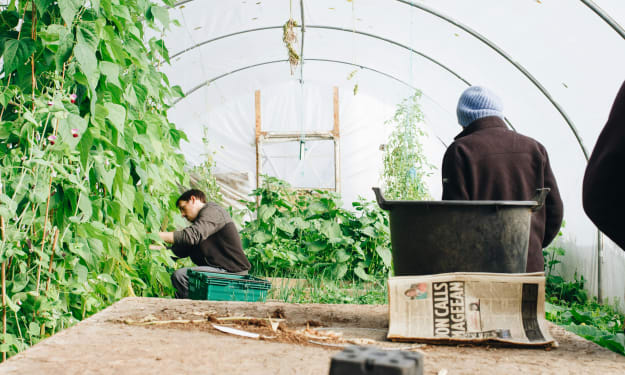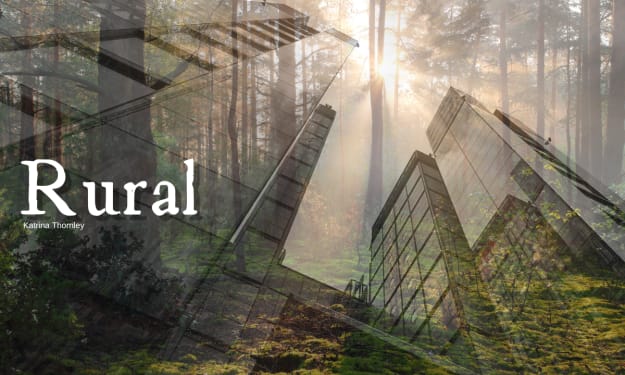Disaster Preparedness Checklist
Emergency & Disaster Preparedness Checklist
This article presents a disaster preparedness checklist of items you should collect together in case a disaster occurs and you need to get out of your home or office fast. You should be able to grab the bag and go. Some items are perishable (or lose effectiveness) over the long-term; for these items, you should rotate through them replacing them with new supplies to keep your disaster preparedness kit fresh and ready to go.
Why Do You Need A Disaster Preparedness Checklist?
There are many different types of threats to your stability and the status quo. When a disaster strikes … whether it’s a tornado or hurricane, terrorists or crime, nuclear or infrastructure breakdown … you will fair better if you are prepared. The rest of the public may be in panic and chaos, but you can at least rest assured you are prepared and ready for the unexpected regardless of what type of disaster occurs.
To be ready, however, you must think of each potential scenario and assess what you might need. That’s why we offer this Disaster Preparedness Checklist. In a survival situation or emergency, you may not have time to gather everything you need, and you can only last a few weeks without food, a few days without water, and maybe less if you are exposed to the elements without shelter and/or warm/dry clothing.
So, for now, start with the disaster list provided below. Gather all these things and keep them in a bag, pillowcase, plastic container, or something similar preferably in a cool, dry place with easy access if you have to “bug out” quickly. In separate articles, I will explain the use and need for these items.
Disaster Preparedness Checklist:
- Emergency beacon/radio/flashlight (battery, solar, or crank-operated); extra batteries
- Field hygiene kit
- Solar-powered outdoor shower
- Emergency tube/tent shelter
- Stay-dry emergency ponchos (1 per family member)
- Emergency reflective sleeping bags and blankets
- Roll of duct tape
- Survival whistle
- Stainless steel multi-function tool
- Hand and body warmers (at least one pair per family member)
- Emergency first-aid kit
- Emergency food rations
- Water purification tablets
- At least one box of facial tissues
- At least two rolls of toilet paper
- Emergency candle
- Garden trowel
- Disposal bags (at least 2)
- Note pad
- Number-2 pencils (at least 2)
- Type N95 filter masks (one per family member)
- Waterproof matches (at least 3 packs)
- Work gloves
- 12-hour light sticks (at least 2)
- Plastic drinking cups (collapsible optional) (one per family member)
- 5-gallon collapsible water carrier
- Rope (50-feet or longer)
- Deck of playing cards
- Emergency survival manual
- One gallon of water per person per day for at least 3 days
- At least 3-day supply of non-perishable food
- Plastic sheeting and duct tape to close off living area (to keep out dust and contaminants)
- Moist towelettes or baby wipes, garbage bags, and plastic ties for sanitation
- Tools (e.g., pliers, wrench, screwdrivers) to turn off utilities
- Can opener
- Local maps
- Cell phone with charger (preferably solar charger)
- Additional Items As Applicable:
- Prescription medicines and extra eye glasses
- Infant formula & diapers
- Pet food and water
- Cash or traveler’s checks
- Important documents (insurance, identification, bank records, medical condition tags, etc.) in waterproof container
- Emergency reference materials (first aid books, survival manuals, etc.)
- Change of clothing (include protective clothing such as long sleeve shirts and jeans)
- Chlorine bleach and medicine dropper (16 drops of regular liquid bleach per gallon of water)
- Fire extinguisher
- Feminine and personal hygiene products
- Mess kit (for cooking), plates, plastic utensils, paper towels
- Paper for writing and drawing
- Books, games, puzzles, etc. for children
The list provided above is a minimal list meaning this is the minimum you should have. The list provided above is a minimal list meaning this is the minimum you should have. For completeness and your convenience, I have also included an Emergency Preparedness Checklist, with additional guidelines and forms you should complete, produced jointly by the American Red Cross and the Federal Emergency Management Agency (FEMA). You can access this free brochure, by clicking the link above.
About the Creator
Enjoyed the story? Support the Creator.
Subscribe for free to receive all their stories in your feed. You could also pledge your support or give them a one-off tip, letting them know you appreciate their work.







Comments
There are no comments for this story
Be the first to respond and start the conversation.